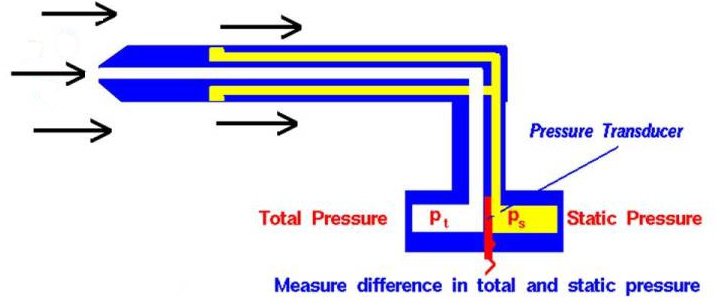
7th August 2015 by aegeuana_sjp_admin
Introduction to Aerodynamics [Part 1]
What is Aerodynamics?
Aerodynamics is the branch of Fluid dynamics that studies the laws and principles of the interaction between gases and solids, the gas being in most cases air.
Having an understanding of aerodynamics we can explain how some vehicles are faster than other based on their shapes or how do objects heavier than the air fly.

Basic principles
Bernoulli’s principle.
The Bernoulli’s principle states that the internal pressure of a fluid (liquid or gas) decreases as its speed increases or, another way of seeing it, in a fluid in motion, the addition of the pressure and speed in any point is a constant, this way we have p + v = k.
Of course in reality this is a lot more complex depending on if the flow is compressible or not, but one of the simplest equations on the simplest case (incompressible flow) is:

Being:
v: fluid speed.
g: acceleration due to the gravity force.
z: height of the point above a reference plane.
p: pressure of the point.
![]() : density of the fluid.
: density of the fluid.
In many cases, the difference in the “gz” term between the two points we are studying is so small it’s negligible, so the equation for those cases would be:
![]()
As we can see with this equation, we can now know the pressure in different points of, for example, an aerofoil.
With this simple idea of “the faster the fluid, the less pressure it has”, we can explain how a plane is able to fly.
Plane wings are designed so the air on top of it flows faster than the air below by making the top surface have a bigger area than the bottom one. This makes the pressure on the bottom of the wing higher so it “pushes” the wing up and makes it float.

Another interesting application of this principle is the Pitot tube, used to calculate the speed of an aircraft among other things, by measuring the gradient of pressure between two points.






